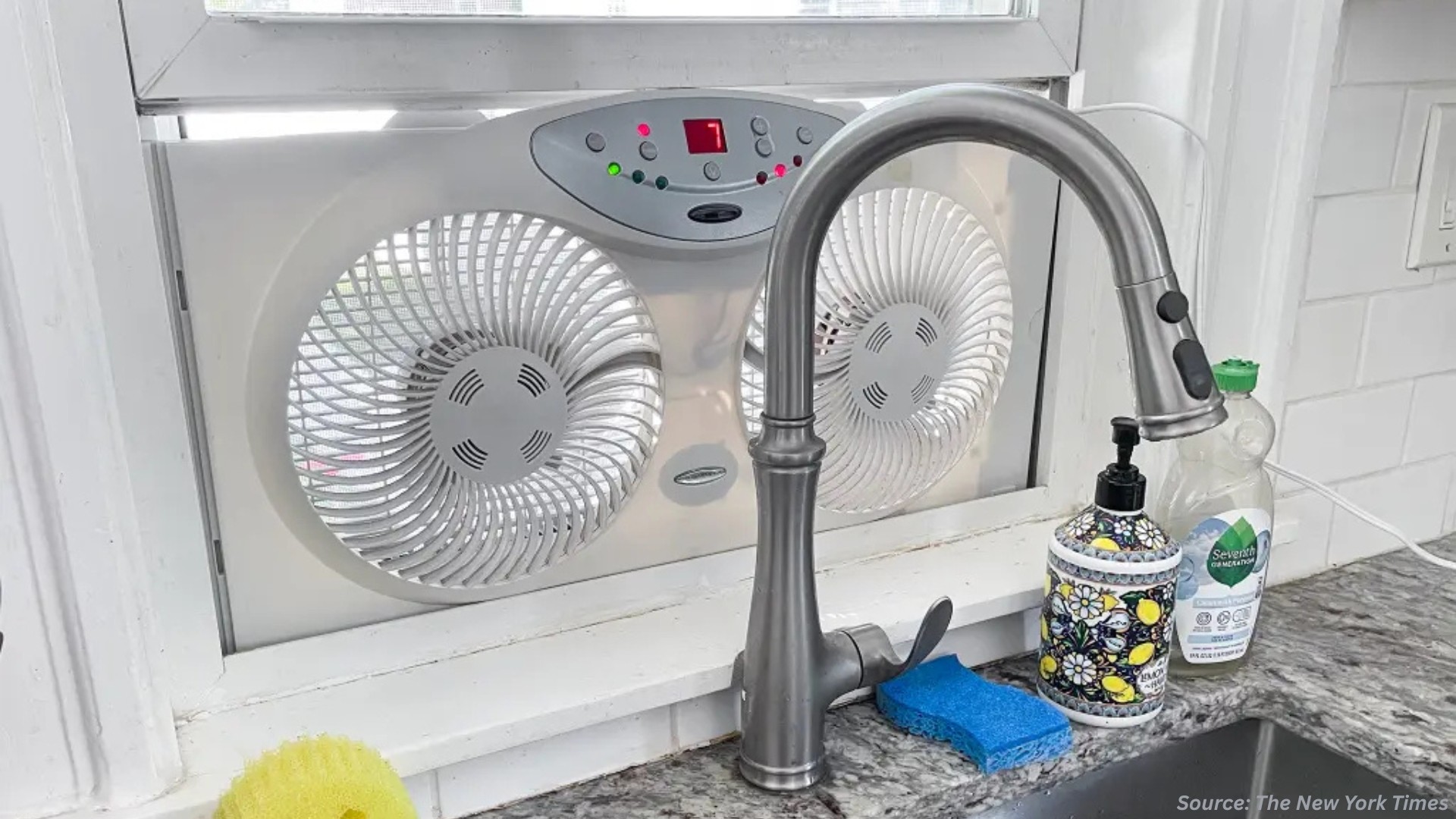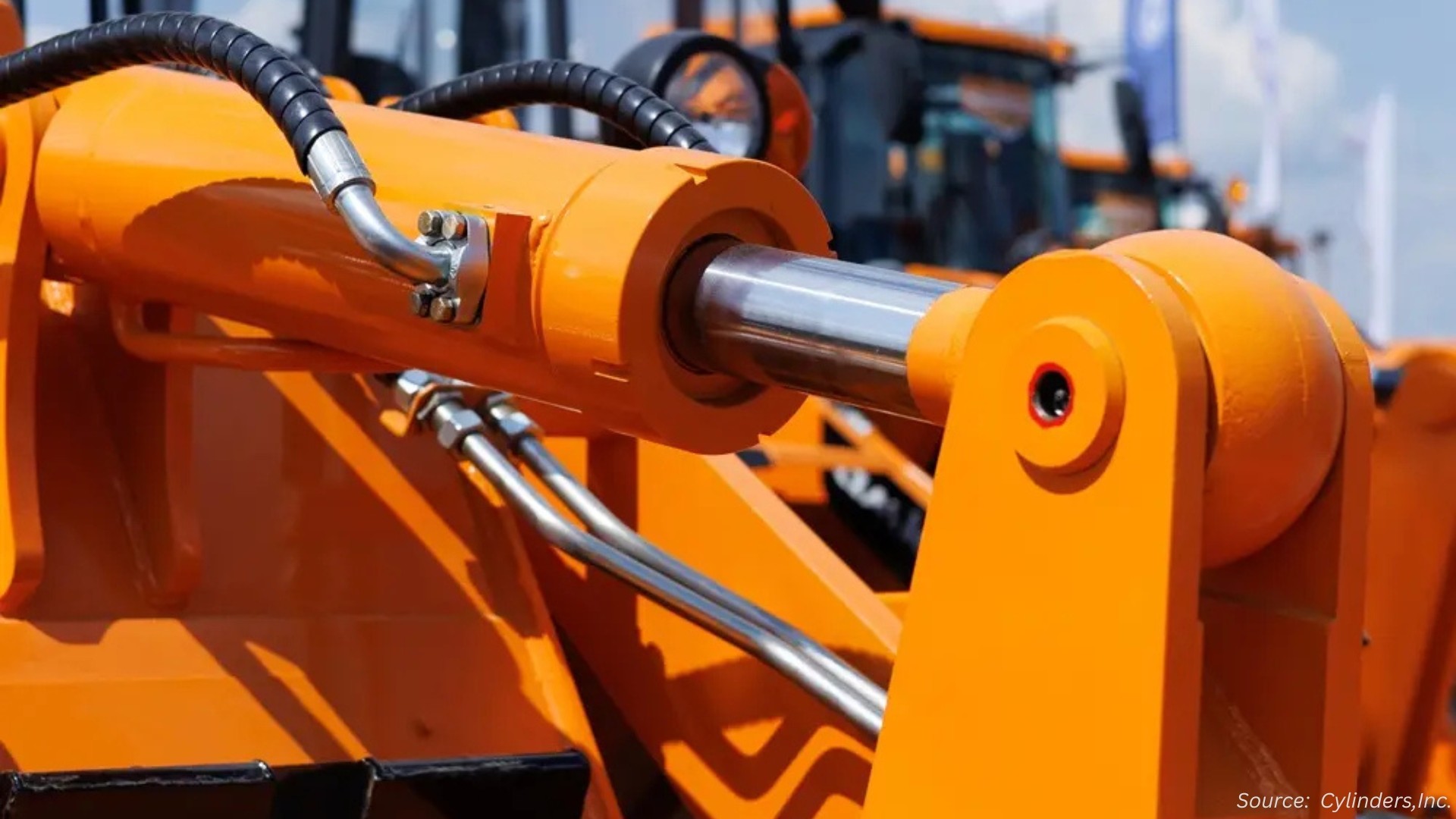Asia-Pacific Air Handling Unit (AHU) Market is expected to reach USD 8.66 billion by 2030
Published: 2025-01-30
The increasing demand for HVAC systems over the region is driving the demand for the Asia-Pacific air handling unit (AHU) market during the forecast period.
Asia-Pacific Air Handling Unit (AHU) Market size was valued at USD 5.39 billion in 2023, and is predicted to reach USD 8.66 billion by 2030, at a CAGR of 6.4% from 2024 to 2030, according to new research by Next Move Strategy Consulting.
The increasing demand for HVAC systems stands out as a pivotal driving force for the Air Handling Unit (AHU) market.
HVAC systems, integral to maintaining comfortable indoor environments in residential, commercial, and industrial spaces, are witnessing a surge in demand.
The growing global population, coupled with improving living standards, underscores the need for effective climate control and air quality management.
AHUs, as essential components of HVAC systems, play a key role in regulating temperature, humidity, and air circulation.
Factors such as urbanization, changing weather patterns, and a heightened awareness of indoor air quality contribute to the escalating demand for HVAC solutions.
This trend reflects a broader societal emphasis on creating optimal living and working conditions, propelling the growth of the Air Handling Unit market to meet the evolving needs of diverse sectors.
Moreover, the rising awareness of energy efficiency stands out as a crucial factor propelling the Air Handling Unit (AHU) market.
Fueled by environmental sustainability concerns and a desire for energy conservation, end-users are increasingly seeking HVAC solutions that minimize energy consumption while maintaining effective performance.
This shift is driven by the need to reduce operational costs, comply with stringent energy efficiency regulations, and achieve green building certifications such as LEED.
Advanced technologies, including variable air volume (VAV) systems and energy recovery solutions, play a pivotal role in optimizing AHU performance and ensuring precise control over energy usage.
As consumers prioritize eco-friendly practices, the market responds by offering energy-efficient AHUs that not only meet regulatory standards but also align with the growing preference for sustainable and environmentally conscious HVAC solutions.
In essence, the awareness of energy efficiency emerges as a key driver, shaping the evolution of the AHU market towards more environmentally friendly and economically sound solutions.
However, the procurement and installation of Air Handling Units (AHUs) incur substantial initial expenses, comprising the acquisition of units and associated installation costs, which can surpass those of alternative HVAC solutions.
This fiscal hurdle may pose constraints for prospective clients, particularly small enterprises or individuals constrained by budgetary considerations.
Consequently, the elevated initial outlay might prompt investigation into alternative, economically viable options or deferment of HVAC system upgrades until imperative.
To address this obstacle, manufacturers and industry participants should prioritize the development of economically optimized AHU variants and evaluate financing alternatives to broaden access to a diverse clientele base.
On the other hand, Air Handling Units (AHUs) are on the brink of a significant transformation, characterized by heightened intelligence and connectivity facilitated by the integration of Internet of Things (IoT) technology.
This progression entails the integration of sophisticated sensors within AHUs, enabling the real-time monitoring of critical parameters such as temperature, humidity, and air quality.
Enhanced by IoT connectivity, these AHUs will become integral components of a networked system, allowing for remote access and management of HVAC operations.
This advancement empowers building managers and technicians with the capability to remotely oversee AHU performance, promptly detect anomalies, and optimize system efficiency.
Moreover, the incorporation of data analytics and machine learning algorithms facilitates predictive maintenance, ensuring timely interventions to forestall potential malfunctions.
The principal benefits of this intelligent and IoT-enabled paradigm encompass augmented energy efficiency, enhanced system performance, and enduring cost reductions.
Collectively, the integration of smart technologies positions AHUs as more agile, efficient, and adaptable elements within the evolving realm of HVAC solutions.
Request for a Sample PDF on the Asia-Pacific AHU Market
Several market players operating in the Asia-Pacific air handling unit (AHU) market include Daikin Industries, Ltd., Carrier Global Corporation, Trane Technologies, Midea Group, Johnson Controls, Lennox International, Stulz GmbH, Rheem Manufacturing Company, Sinko Industries Ltd., Systemair AB, and others.
Key Insights from the Asia-Pacific Air Handling Unit (AHU) Market Report:
-
The information related to key drivers, restraints, and opportunities and their impact on the Asia-Pacific air handling unit (AHU) market is provided in the report.
-
The value chain analysis in the market study provides a clear picture of the roles of each stakeholder.
-
The market share of players in the Asia-Pacific air handling unit (AHU) market is provided in the report along with their competitive analysis.
















Add Comment